Monday Jan 20, 2025
Monday Jan 20, 2025
Friday, 15 July 2016 00:00 - - {{hitsCtrl.values.hits}}
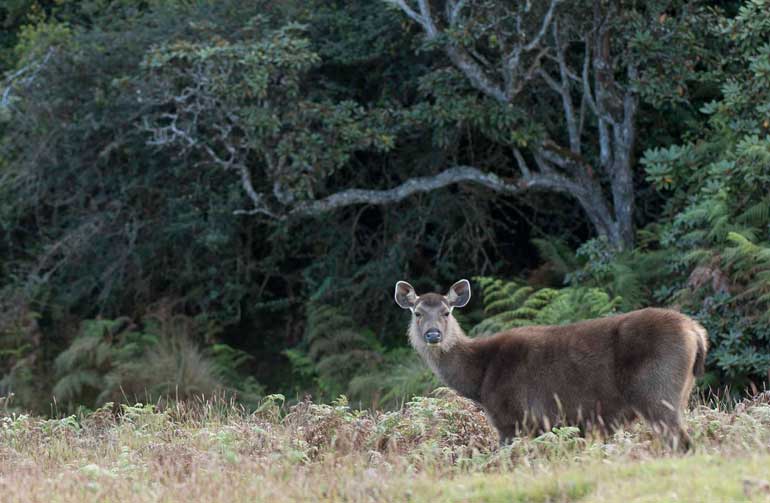
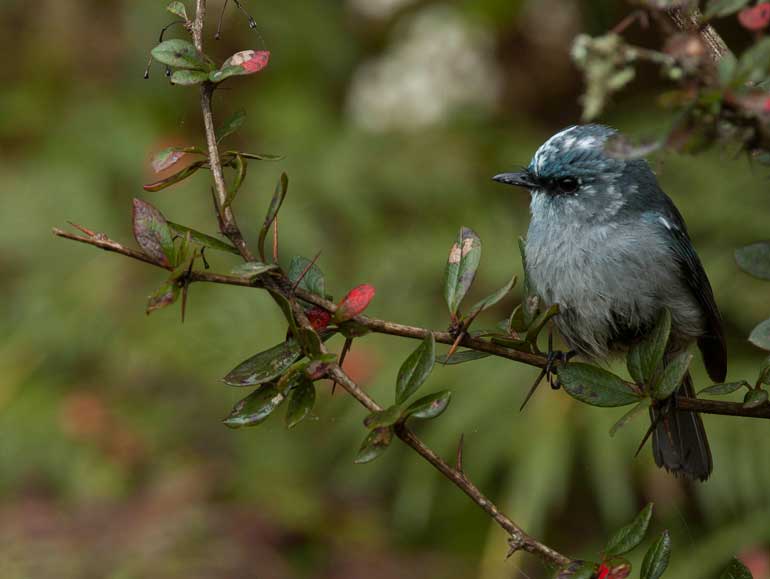
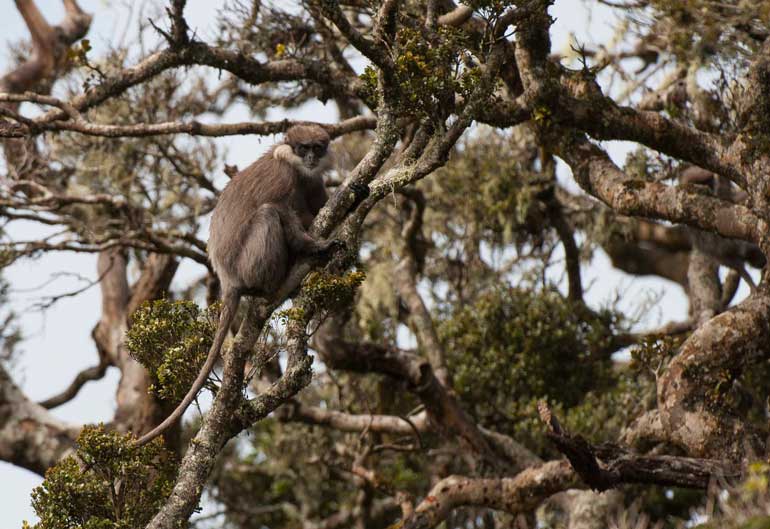
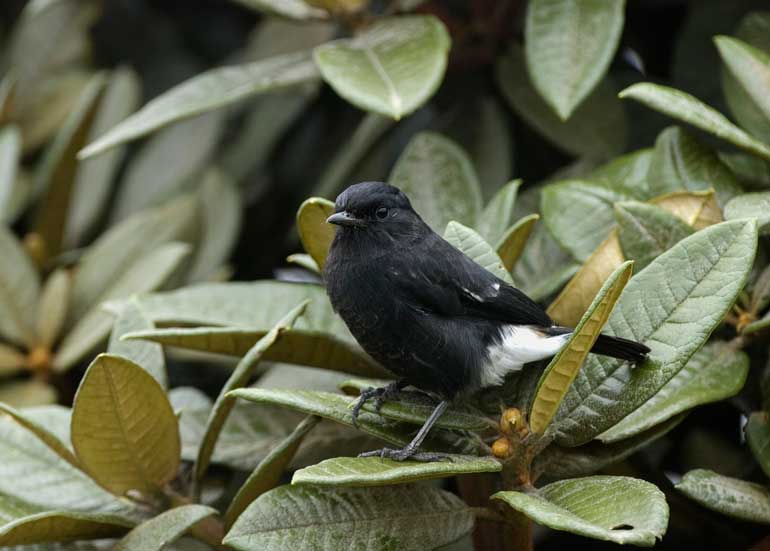
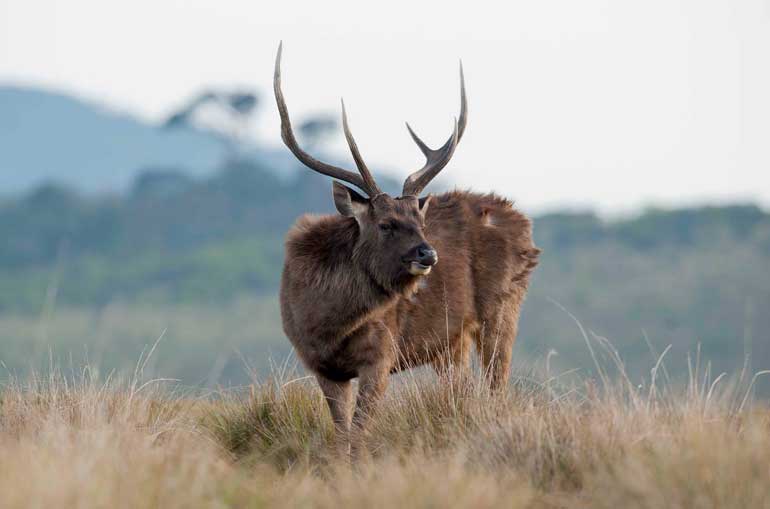
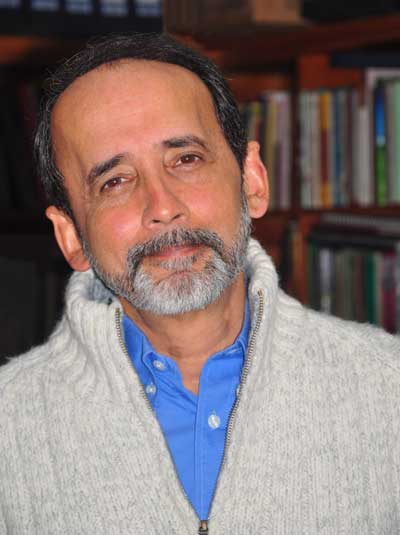
The Wildlife and Nature Protection Society Monthly Lecture for this month will be held on 21 July at 6.00 p.m. at the Dutch Burgher Union (DBU), No. 114, Reid Avenue, Colombo 4 (Thunmulla Junction).
The topic will be ‘Horton Plains Under Threat’ and it will be tackled by Rohan Pethiyagoda, a biodiversity scientist who from 1989-2008 led the Wildlife Heritage Trust of Sri Lanka (WHT), which undertook extensive exploration and research into Sri Lanka’s biodiversity. This led to the discovery and description of some 150 new species of fish, frogs, reptiles, small mammals and crustaceans endemic to the island. He has authored five books and some 80 biodiversity research papers in addition to publishing the definitive book on the Horton Plains National Park - ‘Horton Plains: Sri Lanka’s cloud-forest national park’ - in 2012.
He is a Fellow of the National Academy of Sciences and has served as the Deputy Chair of the IUCN Species Survival Commission as well as being a Trustee of the International Trust for Zoological Nomenclature and a member of the World Commission on National Parks and the Global Amphibian Specialist Group. In 2000 his work on monatne-forest restoration led to him becoming a recipient of a Rolex Award for Enterprise. He is presently a Research Associate of the Australian Museum, Sydney.
The Wildlife and Nature Protection Society said everyone who has visited Horton Plains recently will be aware of the enormous conservation challenges this tiny jewel among Sri Lanka’s protected areas faces. Forest dieback, alien species, fire and acid rain are just some of the many threats the park faces. These call for scientific research and management interventions which, if not undertaken urgently, may result in irreparable damage to this fragile ecosystem.
With an area of just 32 square kilometres, the Horton Pains National Park is at the same time among Sri Lanka’s smallest and most visited protected areas. Perched 2,100 metres above sea level and encompassing the second- and third-highest peaks in the island, its rolling grasslands and tropical rainforests contain remarkable biodiversity with an astonishingly high degree of endemism. Dozens of plants and animals present on the plains are found nowhere else.
In this richly-illustrated lecture, Pethiyagoda will explain what is so special about this unique site, portraying its biodiversity and outlining what we as a society need to do to save it.